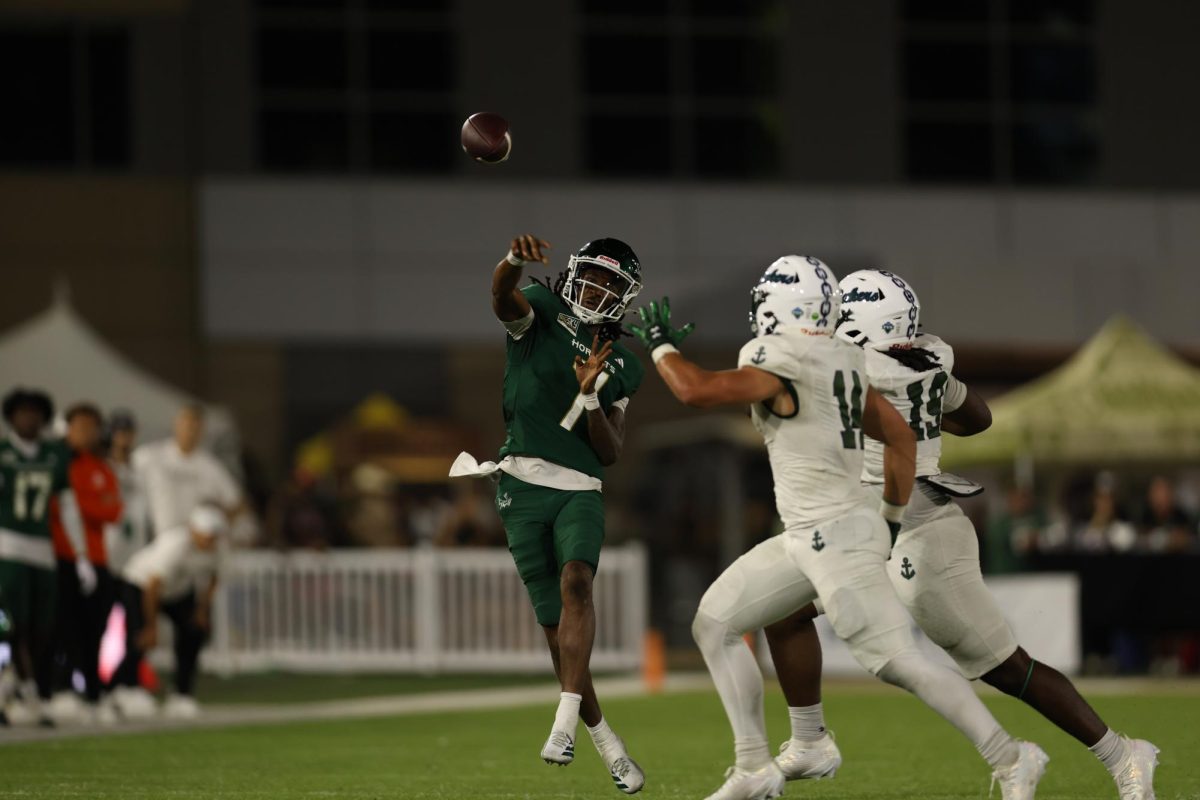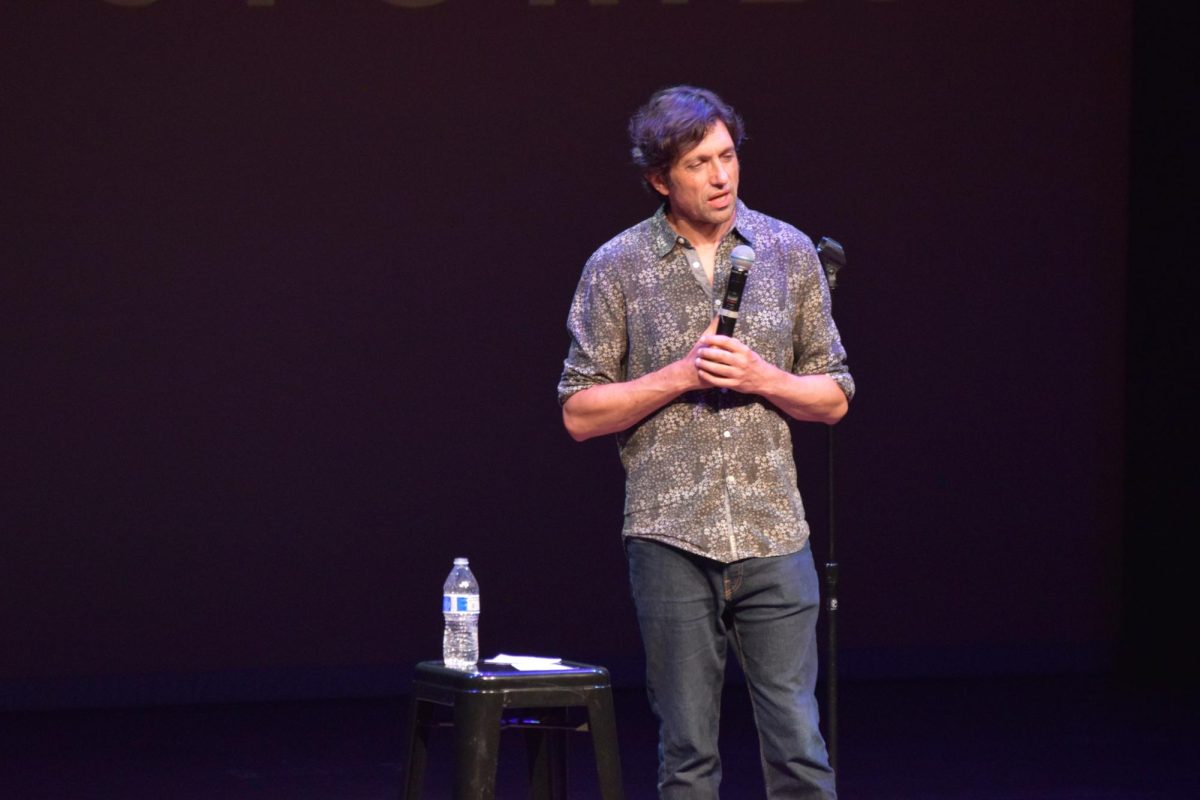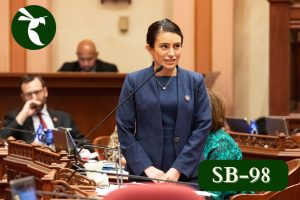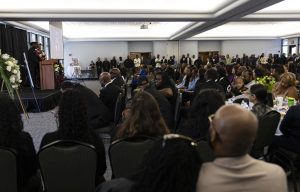Sacramento State professor discovers family history
May 31, 2012
Years before the University Union, the grassy stretch of the football field and the construction of the rest of Sacramento State’s campus, the area now occupied by the university was nothing more than fields and orchards.
One Sac State professor’s family history has crossed paths with both Sacramento State and Sacramento through the generations. Cid Gunston-Parks, Ph.D., a professor in the Teacher Education department, said her family has long been a part of the Sacramento area. But it was not until her adult life Gunston-Parks and her mother, Enid Gunston, put together the connection between Sacramento State and the family’s past.
Gunston came from a family who originally journeyed to California in covered wagons where they settled in the Bay Area. In 1927, when Gunston-Parks’ mother was born, her family was living off Castro Way, near McClatchy. When the depression hit in the 1930s, her father was working as an engineer for the state.
“He was one of the lucky ones,” Gunston-Parks said. “They took a reduction in pay but they didn’t lose their positions.”
Though pay was reduced, it continued to be steady, a rare occurrence during the lean years of the Depression. As such, Gunston-Parks’ grandfather was able to take in friends and family members and managed to buy a piece of land just off of the H Street Bridge. At the time, the area was a nut orchard and the levies had yet to be built.
“(My mom) was always talking about it, but she couldn’t find this orchard off of the H Street bridge,” Gunston-Parks said. “She said, ‘Well we lived in the Pony Express House.’”
Located on the family’s land was a two-bedroom house that once served as a weigh station for the Pony Express.
“All the kids slept on a screened-in porch and (my mother) said they used to look down on the river and watch the Japanese farmers work their rice,” Gunston-Parks said.
However, the exact location of the property continued to be a mystery to the family.
“We kept thinking it was over in Campus Commons,” Gunston-Parks said. “Apparently the river had not been levied at that point when they lived there.”
Then, several years ago, Gunston-Parks read an article in The State Hornet about the dedication of a plaque on campus commemorating the Pony Express Weigh Station that was once located on what is now part of the university.
“I said, ‘Mom, I think where your house was is where Sac State is today,’” Gunston-Parks said. “She was just stunned.”
At the onset of World War II, Gunston-Parks’ grandfather was pulled back into active duty and the family followed, leaving the property behind. Gunston-Parks did not come to the Sacramento area until 1967, when she attended Sac State during her freshman year.
“I ended up spending my freshman year here at Sac State,” Gunston-Parks said. “My dad was in the military, and during the Vietnam War he was stationed in Okinawa and they wanted me as close to home as possible. They recommended Sacramento…because my maternal grandparents lived in Fairfield at the time.”
Though only a Sac State student for one year, Gunston-Parks witnessed several historical events while living on campus.
“I saw Martin Luther King Jr. speak here…in spring of ’68,” Gunston-Parks said. “I lived in Foley Hall and saw the assassination of Robert Kennedy in the TV room there.”
When her father was transferred to a station in Europe, Gunston-Parks followed and finished her undergraduate abroad. It was not until 1985, after finishing her doctorate at Arizona State University, that Gunston-Parks returned to Sacramento State after being offered a teaching position.
“I just knew Sacramento was where I wanted to live,” Gunston-Parks said. “I thought, ‘What an interesting loop.’ It was just fascinating.”
Jessica Scharff can be reached at [email protected].
























































































































